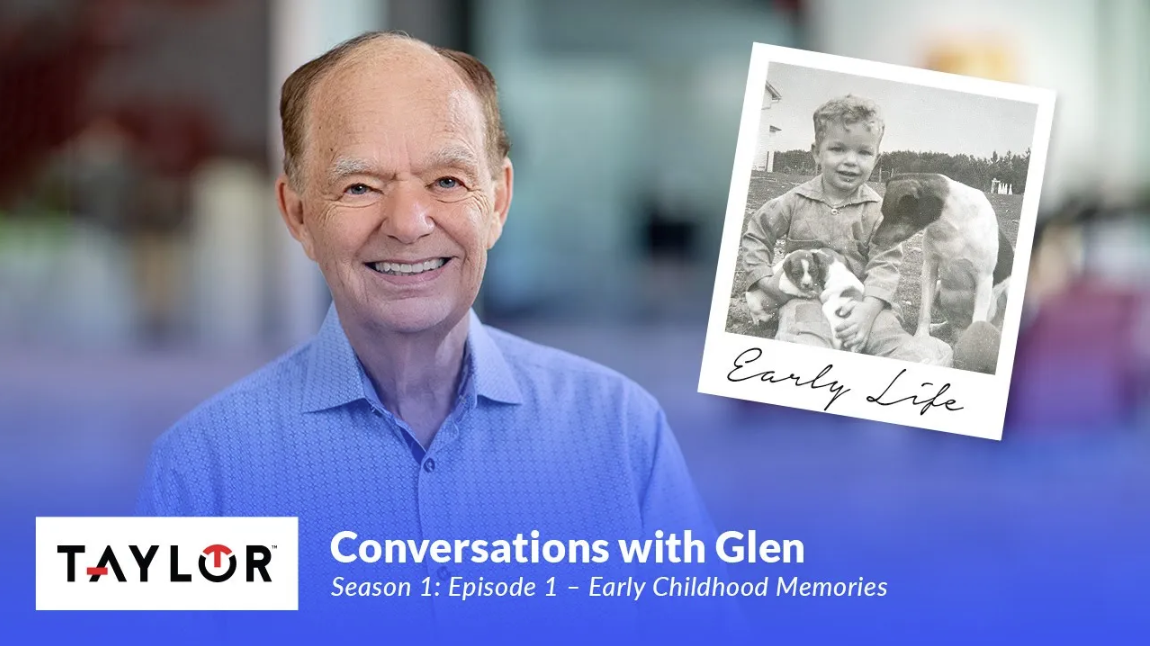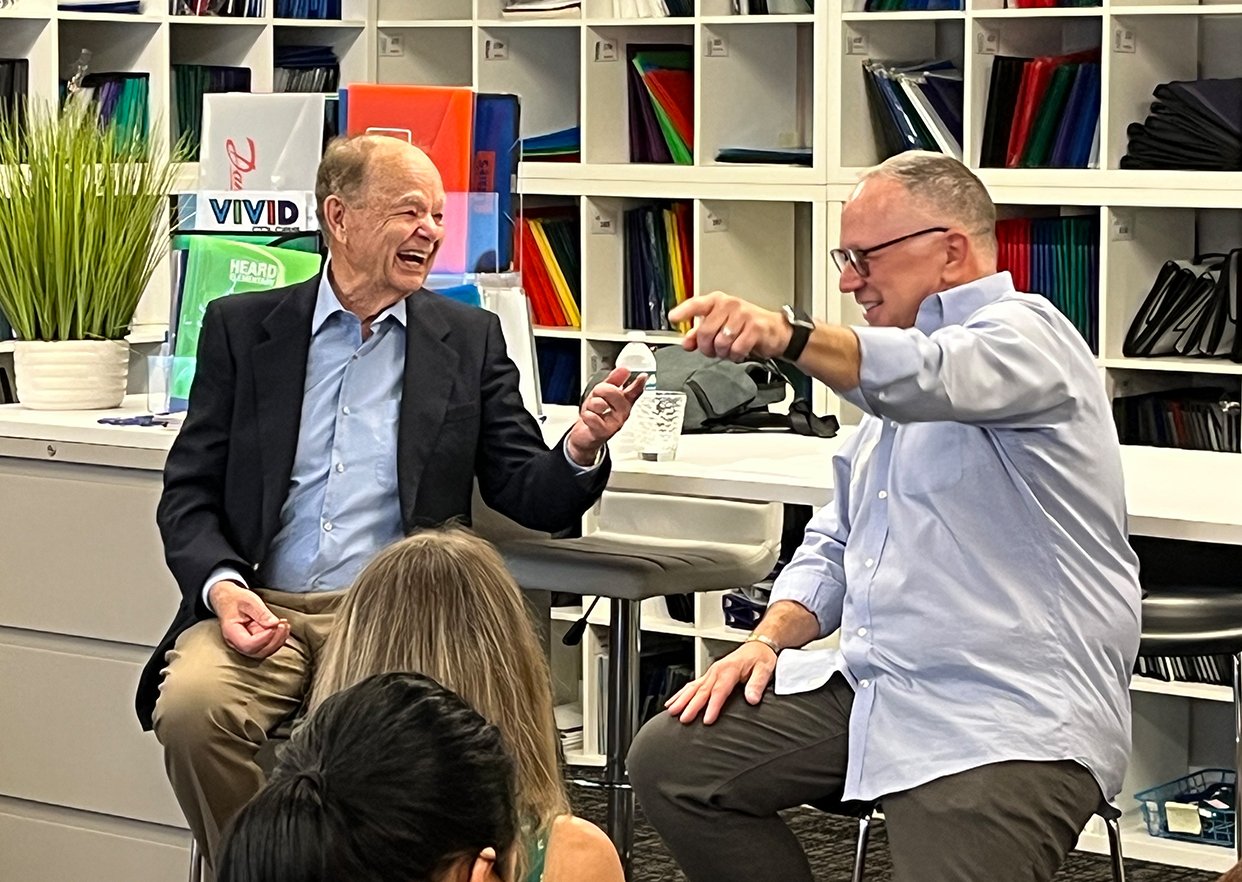Furloughs. Layoffs. Pay cuts. Working from home while acting as parent, daycare provider and elementary school teacher. COVID-19 has had an unprecedented effect on the lives and livelihoods of millions of American workers and business leaders in all industries are now grappling with a monumental question: How do we re-engage our employees after COVID-19?
Savvy managers know that performance and profitability are closely tied to having an engaged workforce. However, the pandemic of 2020-2021 shook the employer/employee relationship to its core and is forcing companies to take a fresh look at employee engagement strategies and employee recognition programs.
Join us as we kick off a three-part series on the topic of employee rewards and recognition. Let’s begin by answering a different question: Why is employee engagement important?
Employee engagement definition
Though all textbook definitions revolve around common themes, the concept of “employee engagement” is somewhat soft and undefined. Quantum Workplace defines it as follows:
Employee engagement is the strength of the mental and emotional connection employees feel toward the work they do, their teams, and their organization.
Forbes.com describes it like this:
Employee engagement is the emotional commitment the employee has to the organization and its goals.
However, Custom Insight says it best:
Employee engagement is the extent to which employees feel passionate about their jobs, are committed to the organization, and put discretionary effort into their work.
It’s that last phrase – and put discretionary effort into their work – that makes this definition so powerful. Mental and emotional commitment are wonderful but discretionary effort is what ultimately drives improved worker performance and bottom-line results. And, yes, there are countless studies and decades of research to back up this claim.
The research behind employee engagement
It’s safe to say that good things happen to an organization when its employees are engaged. Nearly every metric or business lever you can think of has been analyzed in depth and the connection to employee engagement is undeniable. Here are just a few to consider.
Engaged employees are safer
According to Gallup, highly engaged employees are less likely to be injured in the workplace. Companies scoring in the top quartile of Gallup’s employee engagement database have 70% fewer safety incidents that those in the bottom quartile.
Engaged employees are more productive
Gallup has also found that engaged employees eat healthier and exercise more. A healthier workforce, in turn, directly translates to productivity. Studies show that healthy workers produce 140 “effective working hours” per month while the least healthy workers produce only 45 effective working hours per month. Likewise, absenteeism from all causes is 41% lower at companies with highly engaged employees.
Engaged employees are more likely to stick around
Gallup research shows that companies with highly engaged workforces see 59% less employee turnover. This is particularly important when you consider that it costs the equivalent of six to nine months of a position’s salary to recruit and train a replacement.
Engaged employees are less expensive to employ
Harvard Business Review found a strong connection between workplace culture and employment costs. Companies with “positive” workplace cultures spend 32% less on healthcare than so-called “high-pressure” companies and workplace stress costs the U.S. economy as a whole more than $500 billion annually.
Engaged employees lead to higher profit margins
Of course, all of the above reasons would be moot if they didn’t also lead to higher bottom-line profitability. Employee engagement checks that box as well. According to a study by Towers Perrin, companies with engaged employees were found to have 6% higher net profit margins on average.
The path to higher employee engagement
Clearly, employee engagement ideas are a good thing to focus on and make solid business sense for companies of all sizes. This has perhaps never been more true than right now as the economy shakes off the lingering effects of a tragic global health crisis and organizations seek to revisit the implied contract between employer and employee. Employee recognition is a key part of this mix and – done correctly – can have a lasting, positive impact on employee engagement. The question is, what does “doing it right” look like?
That will be the focus of the next two entries in this blog series. Next time, we delve into the motivational theory behind employee recognition, including Maslow’s Hierarchy of Needs, and look at some best practices and successful employee recognition examples. The third and final post in the series will explore the hottest trends in the field of rewards and recognition, ranging from promotional products and gift cards – topics especially dear to us here at Taylor – to simple, heartfelt notes from peers and leaders.
Until then, think about what you are doing to evoke passion and commitment among your employees. Most importantly of all, how can you elicit that all-important discretionary effort that is the difference between typical and top-performing companies everywhere?










